main partner
11:30 am
Stretching The Canvas: A conversation between 3 artists of ‘Painting After Painting’
On the occasion of the exhibition Painting After Painting – A Contemporary Survey from Belgium, S.M.A.K., in collaboration with Art Brussels, is organizing a talk with Natasja Mabesoone, Hadassah Emmerich, and Luis Lázaro Matos under the title ‘Stretching the Canvas’.
Entitled Stretching the Canvas, the discussion will not only delve into their individual practices but also explore how they transcend the limitations of the flat surface by engaging with space more dynamically.
Moderated by: Sam Steverlynck
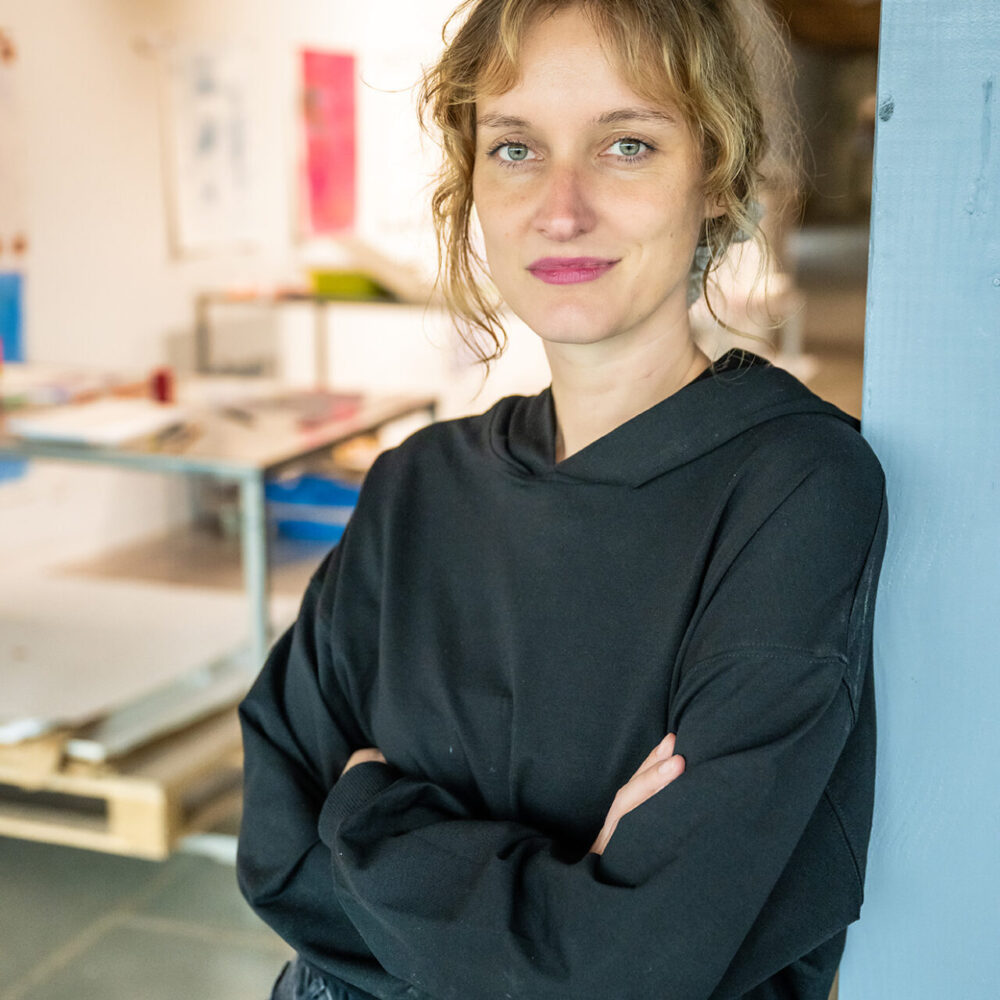
Natasja Mabesoone
Natasja Mabesoone (b. 1988, Knokke, Belgium) is a Brussels-based artist known for her inventive use of the seventeenth-century vernis mou etching technique. Combining this with monotypes and drawings, her work explores themes of femininity, sensuality, and the subversive nature of domesticity through playful and poetic imagery. Mabesoone’s visual language is inspired by a range of sources, including cartoons, board games, and literature. She obtained a master’s degree in Fine Arts from KASK (Ghent), where she currently teaches, and completed a residency at WIELS (Brussels) in 2019. Her work has been exhibited nationally and internationally, including at Affiliate/WIELS, and in 2024, she completed an art integration project for the Flemish Community Commission. Natasja Mabesoon is represented by Gallery Sofie Van de Velde.

Hadassah Emmerich
Hadassah Emmerich (b. 1974, Heerlen, the Netherlands) is a visual artist who works as a painter, installation artist, draughtswoman, and graphic artist. She is particularly renowned for her large-scale murals, which are characterised by vibrant, organic patterns of plants and flowers that frequently evoke elements of the female form. Emmerich studied at the Academie Beeldende Kunsten Maastricht. She continued her artistic training at HISK (Antwerp), concentrating on drawing and painting, before completing a Master’s degree at Goldsmiths College in London. Beyond her murals, she also produces works on paper, immersive installations, and digital collages. Her artistic process often includes using acrylic paint and tempera, alternating between solid and translucent layers. Her work has been on view at De Garage (Mechelen), Centrale (Brussels), Bonnefantenmuseum (Maastricht), and EMST (Athens). Hadassa Emmerich is represented by Galerie Ron Mandos, Amsterdam; SUPRAINFINIT, Bucharest; and ISA Art Gallery, Jakarta.
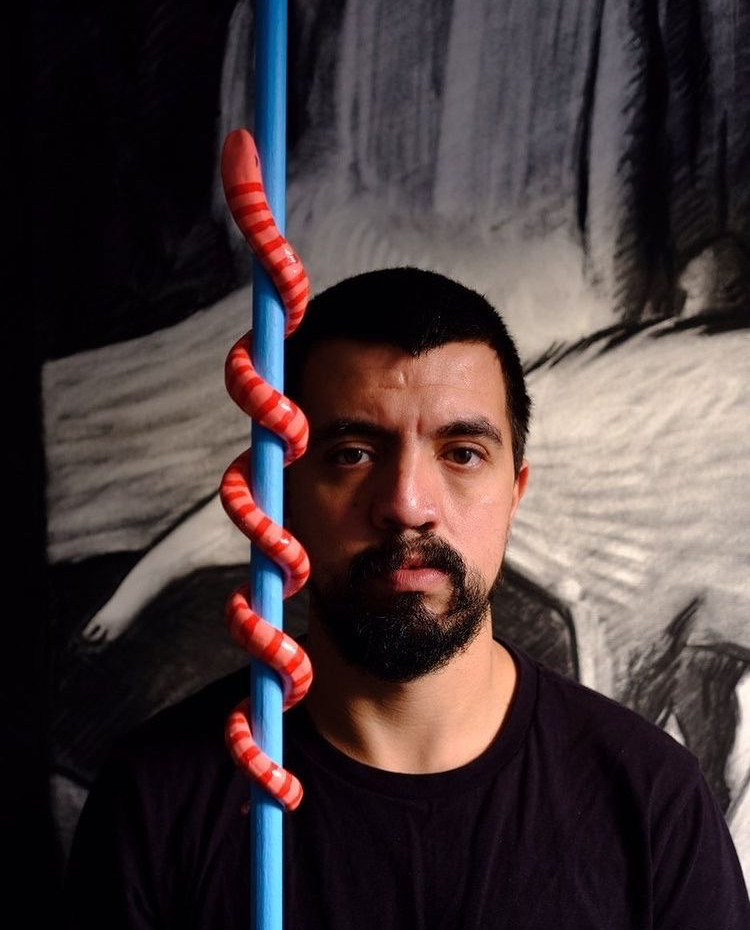
Luís Lázaro Matos
Luís Lázaro Matos (b. 1987, Évora, Portugal) playfully challenges our perception of the environment by blending architecture, animals, and erotic figures into dynamic narratives. While his stories may seem lighthearted, they delve into complex discussions on political 150 identities and queerness, seamlessly merging humour and drama. Matos earned a degree in Painting from the Faculty of Fine Arts at Lisbon University in 2010 and a BA in Art Practice from Goldsmiths College in London in 2011. He currently splits his time between Lisbon and Brussels. His works have been showcased at M HKA (Antwerp), Beursschouwburg (Brussels) and MAAT (Lisbon). In 2019, he received the On Demand Prize at Miart for his project “The Fictional Passengers”. In 2021, he won the Most Beautiful Swiss Book Award in Zurich.
2 pm
Decoding the DNA of Museum Collections: Strategy, Vision & Acquisitions
A talk with Kim Oosterlinck and Claire Leblanc moderated with Anne-Sophie Radermecker.
Learn about the DNA of the museum collections, including their strategies, long-term vision, and the process of acquiring works by living artists.
The talk will be in French.

Kim Oosterlinck
Kim Oosterlinck is the General Director of the Royal Museums of Fine Arts of Belgium. Prior to taking up this position, he was a professor at the Université libre de Bruxelles, first as a full-time chair in cultural management (2006-2011), then in finance (2011 to present). His dual training in management (commercial engineer, then PhD in management science) and art history (master’s degree in art history) led him to conduct part of his research on the art market. His work on art includes the impact of fake discoveries on the art market, art market reactions to monetary reforms, the commercial strategy of art dealers, the motivations of banks to create art collections, art expertise and the workings of the Salon jury in the 19th century. Finally, Kim Oosterlinck has developed an expertise on the wartime art market and published several articles on the Belgian, British, Dutch, French and German art markets during the Second World War. He is currently co-chairman of TIAMSA (The International Art Market Studies Association).
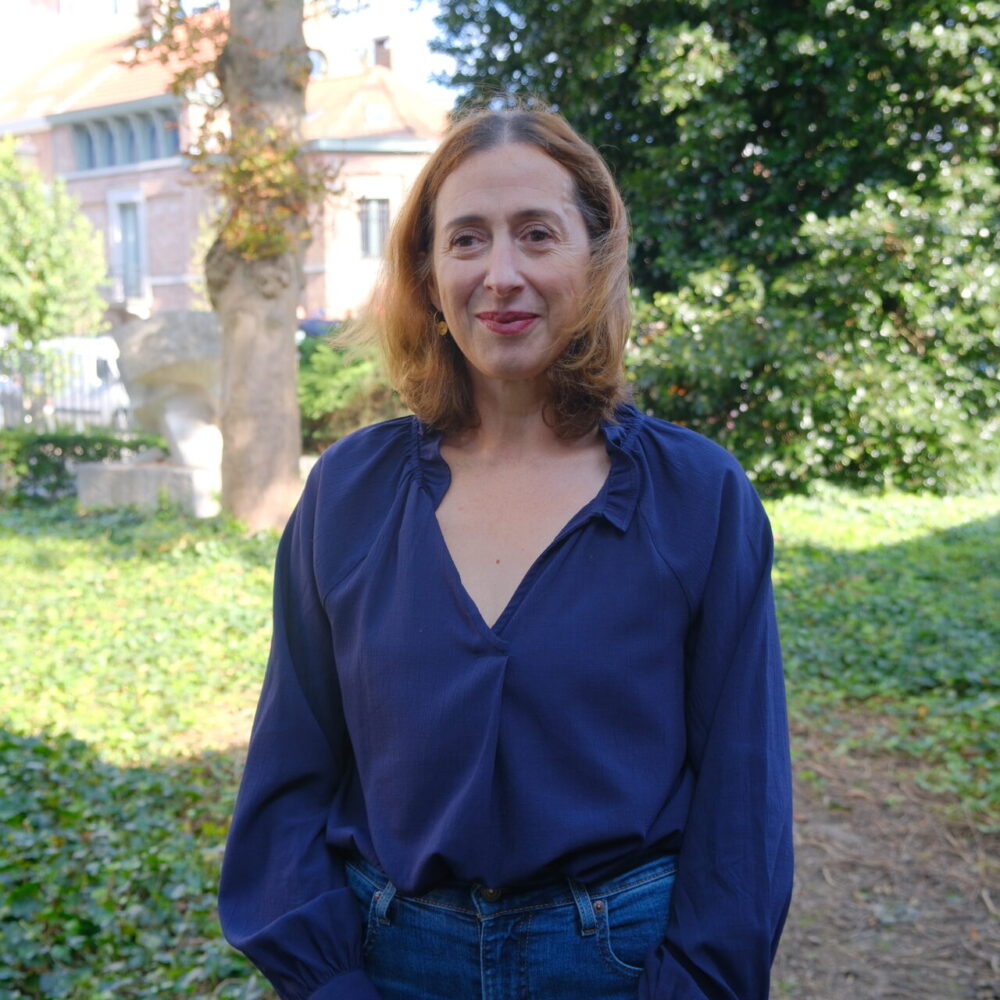
Claire Leblanc
Doctor in Art History (ULB), specialist in Belgian art, Claire Leblanc has developed a museum career for nearly three decades.
After a position as a researcher at the Museum voor Schone Kunsten in Ghent (1997-1999) and then as a scientific collaborator at the Royal Museums of Art and History (1999-2006), she became the director of the Ixelles Museum in 2006.
Since 2018, she has been leading a major renovation and expansion project for the museum, as well as an in-depth global museum redevelopment with her team.
She is the curator of numerous exhibitions and the author of essays and books dedicated to Belgian art, its history, and its contemporary developments.
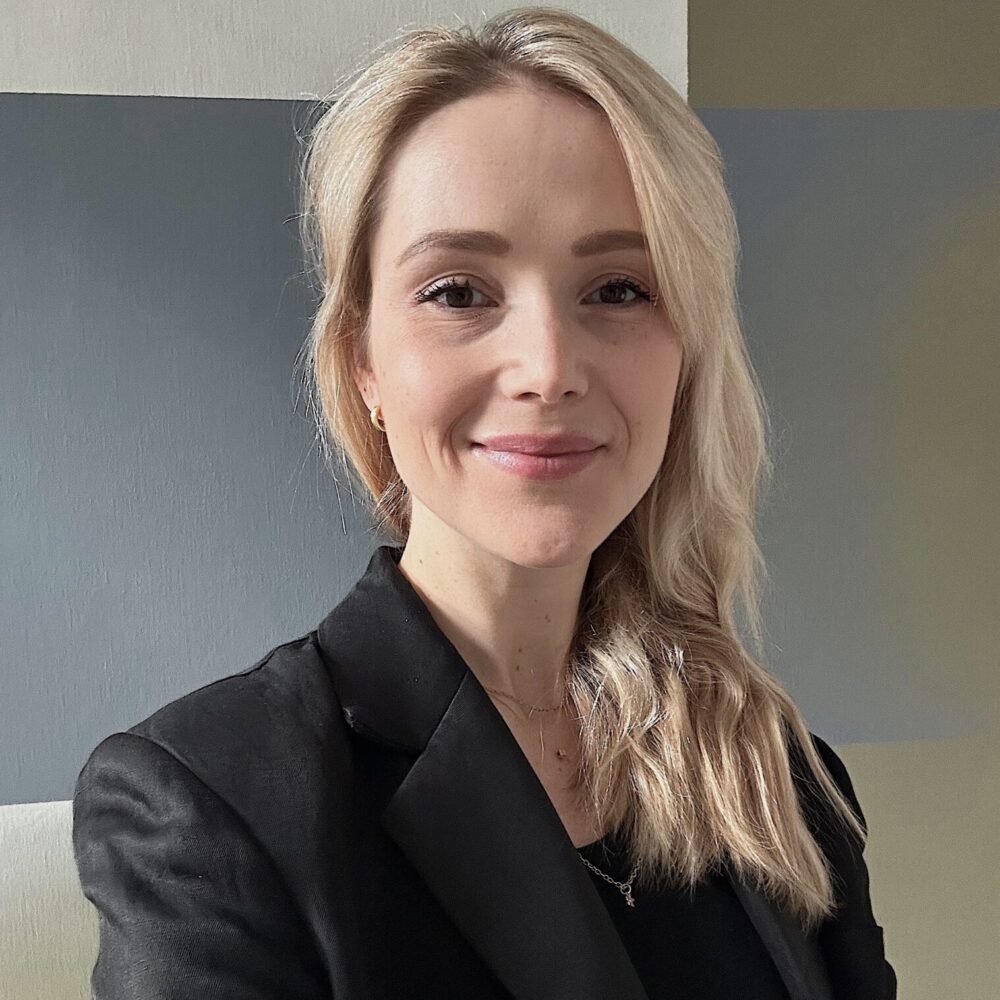
Anne-Sophie V. Radermecker
Anne-Sophie V. Radermecker est titulaire de la Chaire d’économie des arts et de la culture en Gestion culturelle à l’Université libre de Bruxelles (ULB). Elle est co-directrice du GRESAC (Groupe de recherche en sciences des Arts et de la Culture) et co-fondatrice du BAMLab (Brussels Art Market Studies Laboratory) Ses principaux centres d’intérêt de recherche portent sur l’étude des marchés de l’art, les mécanismes de formation des prix et de co-création de valeur, les interactions entre musées et marchés de l’art, et les méthodes quantitatives appliquées à l’histoire des arts. Son livre intitulé Anonymous Art at Auction a été publié en juillet 2021 chez Brill (Studies in the History of Collecting & Art Markets). En 2023, elle a obtenu un financement de la Commission européenne pour son projet MOOVA – Making Old Objects Valuable Again. The Cultural, Economic Challenges and Sustainability Opportunities of Antiques in the 21st Century. Depuis 2024, elle est membre du conseil d’administration de TIAMSA – The International Art Market Studies Association.
2 pm
New Monograph Release: Pascal Dombis / Post-Digital
This bilingual edition (English/French) offers 224 pages richly illustrated with 200 color images, in a 23 x 29 cm format.
Featuring contributions by Céline Berchiche, Paula Braga, Clara Figueiredo, Didier Girard, Franck James Marlot, and Dominique Moulon.
At DAN Galeria, Booth 6A-18
3:30 pm
Collecting Together: The Role of Beauty in building an Art Collection
Join curator Benedicte Goesaert at Art Brussels for a conversation on the dynamics of art collecting and the role of ’beauty’ when creating and collecting art.
With Marc Frances Senar and Kasper Bosmans.
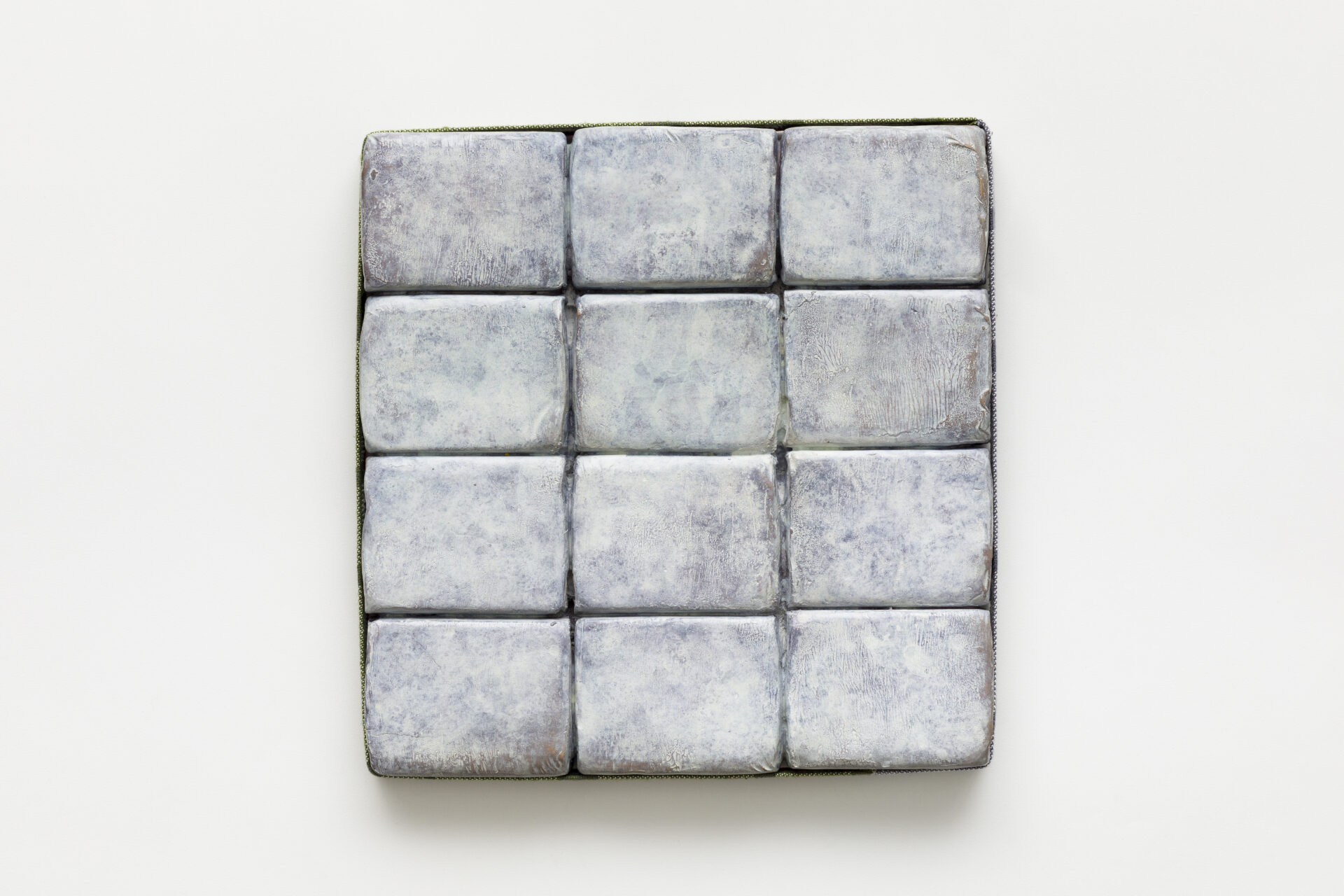
Kasper Bosmans, "Powdered Sugar," 2022, Bronze, 30.7 x 31 x 3.5 cm, Photo credit: EstudioEmObra.
Key topics:
— How do couple dynamics influence the decision-making process in art collecting?
— What can be found in the desire for beauty when collecting art? Is it a taboo?
— How does an artist relate to the topic of beauty and aesthetics?
— What is important for an artist when a work of art enters a private collection?
— What happens when both individuals in a couple have different interests in art?
Benedicte Goesaert is curator, art expert & VIP ambassador for Art Antwerp and Art Brussels. Since 2020 she is active with the artistic legacy care at the Philippe Van Snick Estate. She was part of the Zeno X Gallery team as director from 2011 till 2019, spending many weeks at art fairs. With 14 years of experience in the national and international art world, she has a strong interest in the art scenes in Brazil and South-Africa and follows the international art market. As a curator she has worked on several exhibitions and guided several art acquisitions and collection developments.
Marc Frances Senar: Abstract or conceptual, aesthetic or grotesque, established or emerging, global or local — these are just some of the dilemmas faced by the Belgian-Spanish collector in his journey building an emerging conceptual art collection in Brussels. Navigating the diverse actors and scenes of the art world has been an unexpected fascinating journey for Marc, consultant, pushing him out of his comfort zone.
Kasper Bosmans: Known for multifaceted and divergent approaches to art-making, with works that range from sculpture and installation to painting and drawing, Kasper Bosmans’ practice is a complex concoction of high art and literature, popular culture, mythology, and anthropology viewed through a queer and playfully minimalist lens that subversively observes and reinvents narratives that dominate the world around us.
Taking an editorial approach, Bosmans cuts, pastes, and brings together these anecdotes and stories, which traverse all histories, cultures, and societies, and identifies offbeat, idiosyncratic, and poetic resonances that bind form and meaning together in what is essentially a conceptual practice. Nothing is off limits for Bosmans, who has a particular soft spot for obscure, queer, and marginalized anecdotes, from stories of crossdressing saints to examples of celibacy and monogamy in the animal kingdom. Bosmans prods, pokes, and teases out connections in his work that are significant to his personal world, but the resulting narratives cannot help but take on a universal resonance.
Bosmans’s solo exhibitions have been organized at Mendes Wood DM, Paris (2024); De Pont Museum, Tilburg (2023); Mendes Wood DM, São Paulo (2022); WIELS, Brussels (2022); Fondazione Arnaldo Pomodoro, Milan (2021); De Pont Museum, Tilburg (2021); Gladstone Gallery, New York (2020); De Hallen, Haarlem (2017); S.M.A.K., Ghent (2016); Witte de With, Rotterdam (2016); Centrale for Contemporary Art, Brussels (2016); CIAP, Hasselt (2016); Gladstone Gallery, Brussels (2016); Marc Foxx Gallery, Los Angeles (2016); P/////AKT, Amsterdam (2015).
He has taken part in institutional exhibitions at Museum Dhondt-Dhaenens, Deurle (2024); Triennale Kortrijk, Kortrijk (2024); Dhaka Art Summit, Dhaka (2023); Fundació Joan Miró, Barcelona (2023); 40th EVA International – Ireland’s Biennial of Contemporary Art, Limerick (2023); CAPC Musée d’art Contemporain de Bordeaux, Bordeaux (2022); De Vleeshal, Middelburg (2021); Museum of Modern Art, Warsaw (2020); Stedelijk Museum, Amsterdam (2020); GAK Gesellschaft für Aktuelle Kunst, Bremen (2020); M HKA, Antwerp (2020); Contemporary Art Centre, Vilnius (2019); Gemeentemuseum, The Hague (2019); Fondation Cartier, Paris (2019); Luma Westbau, Zurich (2019); Hammer Museum, Los Angeles, (2018); Kölnischer Kunstverein, Cologne (2017); BOZAR, Brussels (2015); WIELS, Brussels (2015); Kunsthal KAdE, Amersfoort (2014); S.M.A.K., Ghent (2014).
4 pm
Book Launch: Painting as Action – Iva Gueorguieva
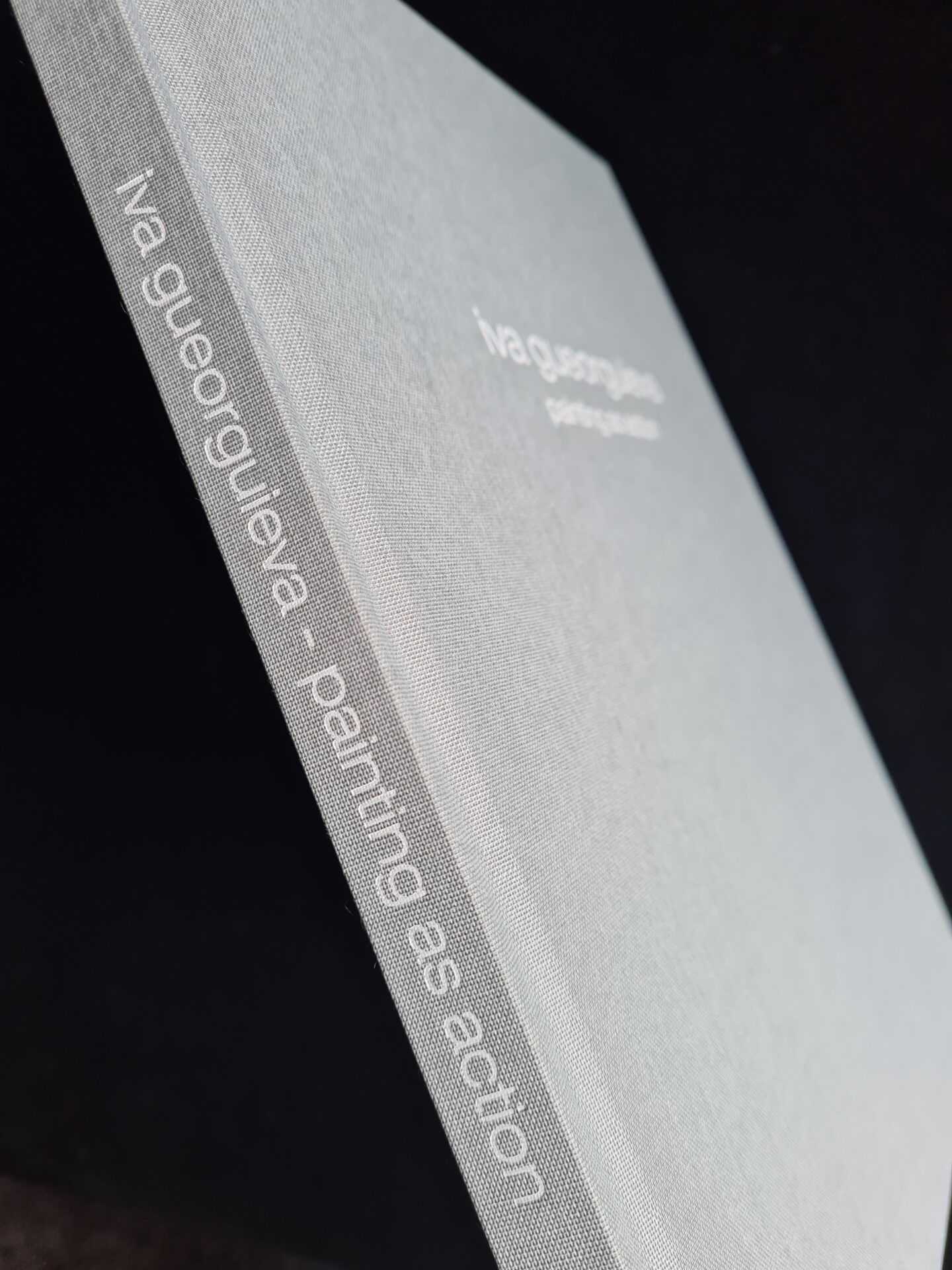
Don’t miss it: this Saturday at 16:00, Painting as Action will be launched at Art Brussels – a strikingly illustrated publication exploring the work of American-Bulgarian artist Iva Gueorguieva. The artist herself will be present at Booth 6D-02 for an exclusive signing and introduction.
Painting as Action reveals Gueorguieva’s painting practice as a vivid interplay of movement, rhythm and materiality. Her works merge structure and spontaneity in complex, layered compositions of paint and textile. Featuring insightful essays by leading international critics and curators – Aaron Maier-Carretero, Mark Kremer, Jill Moniz, Dona Nelson and Patrick Theimer – the book offers a compelling deep dive into her dynamic visual language.
Born in Sofia (1974), Gueorguieva lives and works in Los Angeles. Her work is part of esteemed public collections including LACMA, MOCA Los Angeles, and the Minneapolis Institute of Art, and she has had solo shows at venues such as the Benton Museum of Art and UTA Artist Space. She is a recipient of the Howard Foundation Grant and the Pollock-Krasner Grant.
A rare opportunity to meet the artist, get your signed copy, and discover her powerful world of colour, movement and expression. Join us at Booth 6D-02!
4:30 pm
The artist’s studio through the lens of feminist painting
with Melissa Gordon (artist from Beige) & Alicja Melzacka (curator at Kunsthal Mechelen)
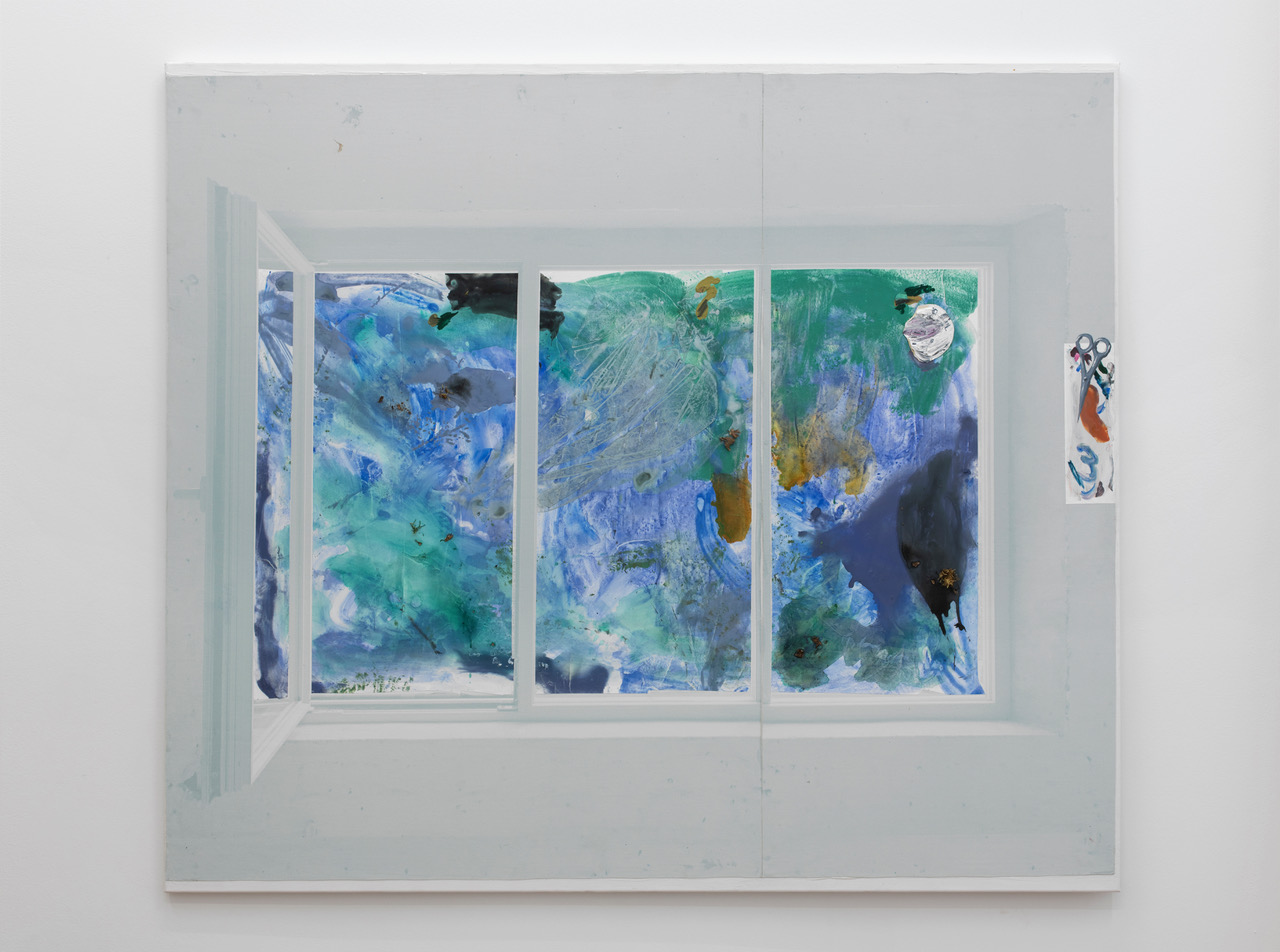
Melissa Gordon
In her talk The Artist’s Studio Through the Lens of Feminist Painting, the artist Melissa Gordon will speak about the use of windows in painting history and the way in which histories of abstraction have developed through questions of flat and deep space. She will contextualize her work and working practice in the wider field of perception history and also dive into the role of the term ‘weird’ as used by the writer Mark Fischer as a means of exploring what is un-seen in painting.
For over a decade, Melissa Gordon has explored the intersection of artistic practice, dialogue, and community-building. Since 2010, she has been organizing gatherings for women artists, curating exhibitions, and publishing—an extension of her art practice that emerged from a need for deeper conversations within the art world. Over time, this has evolved into a form of world-building, where female friendships and artistic exchanges have profoundly shaped her work.
Her practice is deeply engaged with questions of authorship, gesture, and the language of female painting—topics she has explored through writing, including a recent essay on Helen Frankenthaler. By highlighting overlooked narratives and artistic influences, she seeks to expand the discourse around painting and its histories.
In today’s talk, she will reflect on how these dialogues, collaborations, and shared experiences continue to shape her work, bridging painting, publishing, and curation. Through her engagement with artists such as Anna, Alex, and Eva, she examines how artistic relationships influence creative processes and challenge existing frameworks in art history.
Gordon has shown internationally including recent institutional solo exhibitions Vital Signs, Kunsthall Oslo (2023), Periphery, Extra City Kunsthal, Antwerp (2024), Liquid Gestures, Towner Art Gallery, Eastbourne, UK (2021-2), Manifold Books (2020), and Derivative Value, Kunstverein Luebeck, DE, Routine Pleasures, Vleeshal, Middleburg, NL (2016), Material Evidence, Spike Island, Bristol, UK, as well as group exhibition participations: Painting after Painting, SMAK, Ghent (2025) CON10UR Biennial, Mechelen (2023), Hibernus, Frans Masereel Centrum (2024), 10 Women, MuHKA, Antwerp (2023), Cubitt Gallery (2022), Binnenkammers: Biennial of Painting, Museum Dhondt-Dhaenens, BE (2020), Heavy Metal Parking Lot, GARAGE, Rotterdam (2020), Something Stronger Than Me, Wiels, Brussels, BE (2018).
Alicja Melzacka
Alicja Melzacka is a freelance curator and writer, and a co-founder of the celador project space in Brussels.
Her writing has accompanied numerous exhibitions and has been published by, among others, HART (Glean), KAJET Journal, BLOK Magazine, Onomatopee, Fantôme Verlag, MER Paper Kunsthalle, Unformed Informed Publishing, Kunsthalle Wien, Museum M (Leuven), Beursschouwburg (Brussels), PARCUM (Leuven), and Raum für Kunst (Aachen).
Melzacka’s latest curatorial project, eye
below
ear, a group exhibition with Eleanor Ivory Weber, Ghislaine Leung, JJJJJerome Ellis, Julius Pristauz, Lily Greenham & Andrew Walsh-Lister, P. Staff, Reinier Vrancken, Serene Hui, Slow Reading Club, and Wim De Pauw, is currently on view at Kunsthal Mechelen until 06/08/2025.
